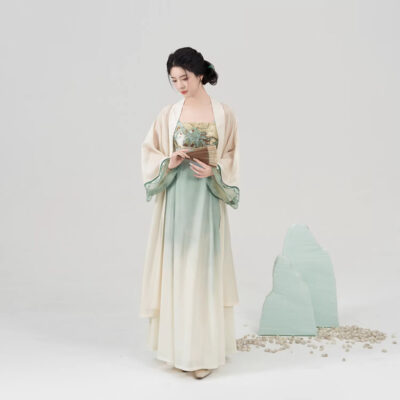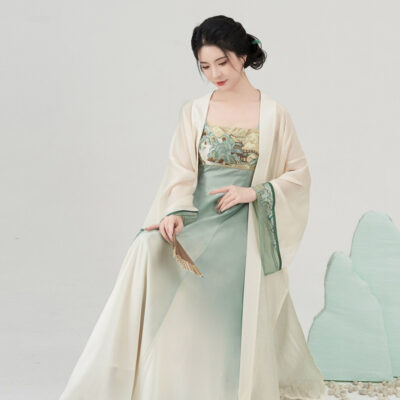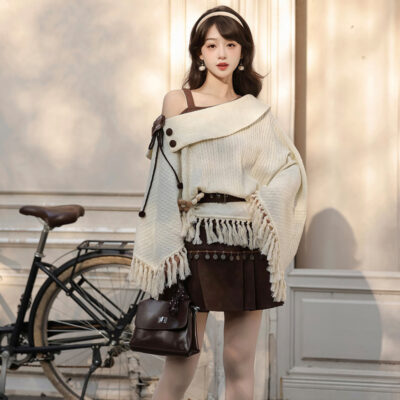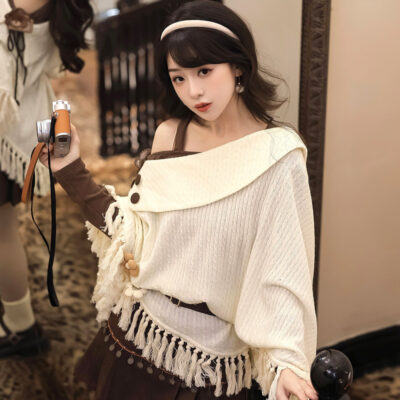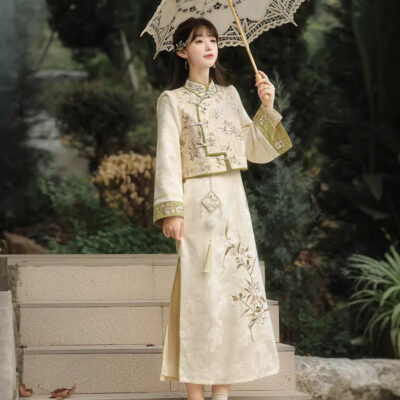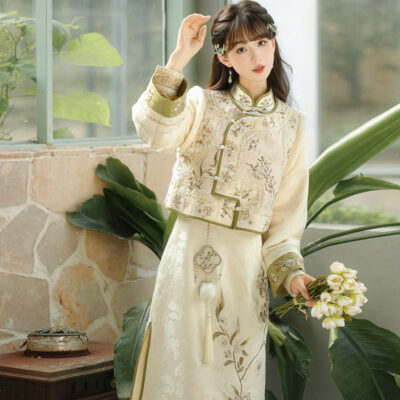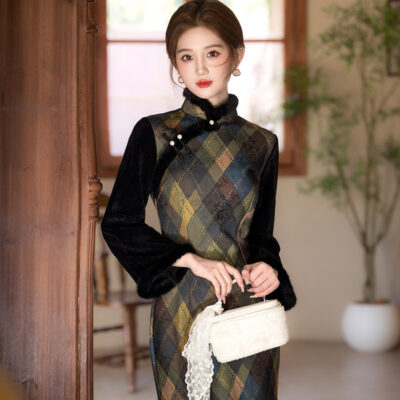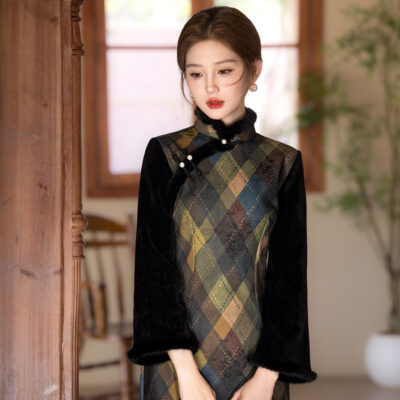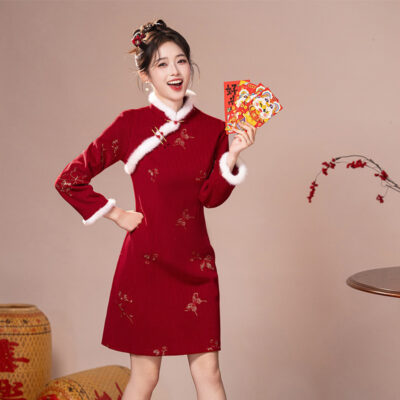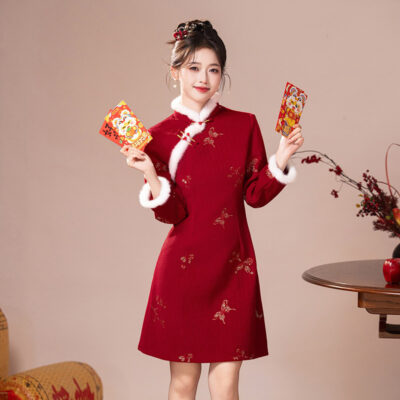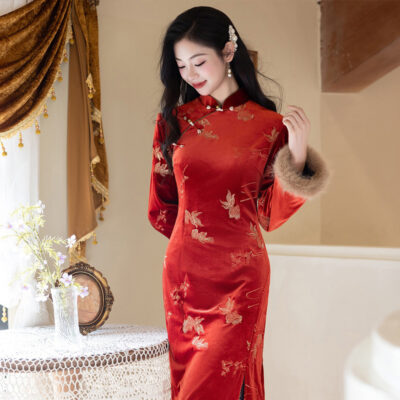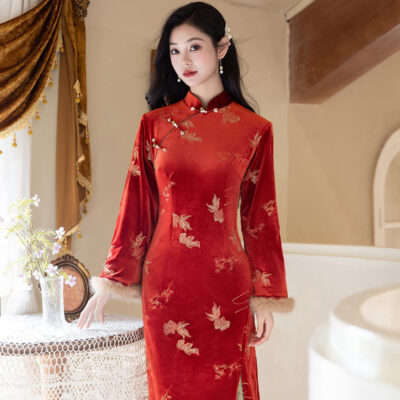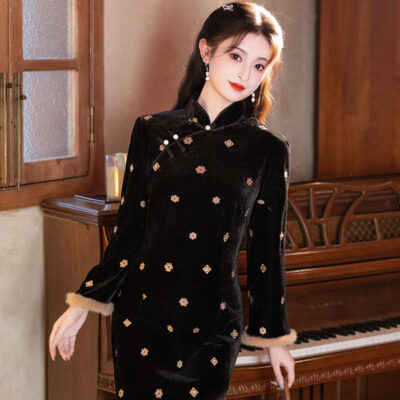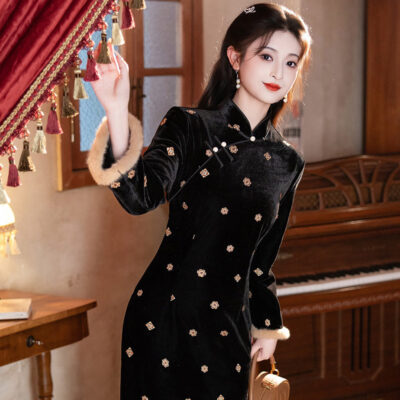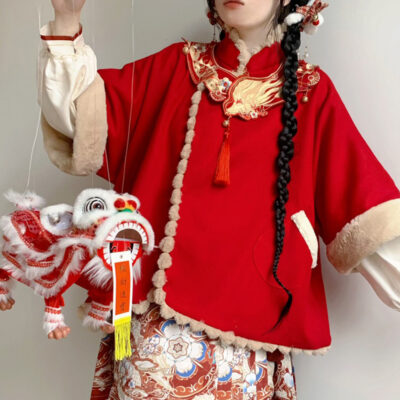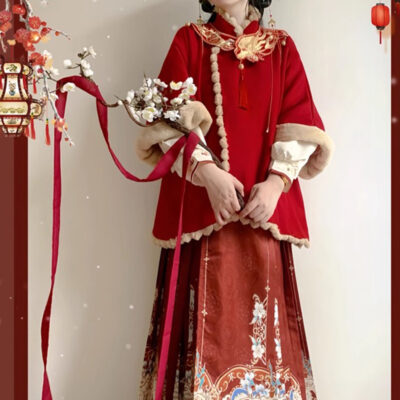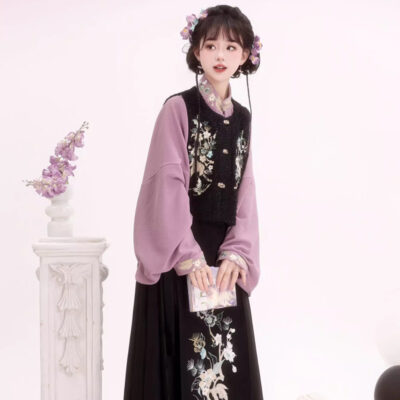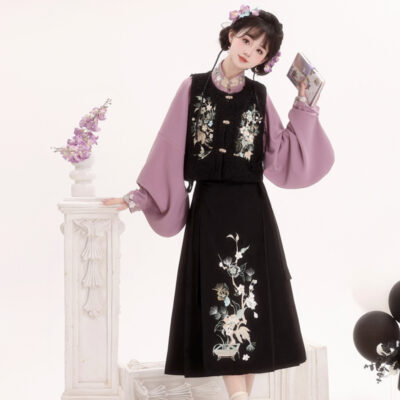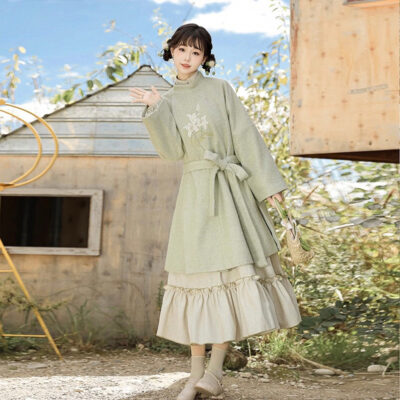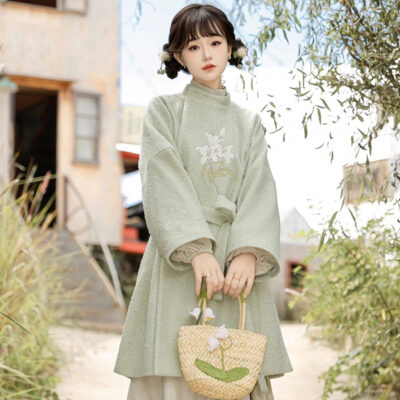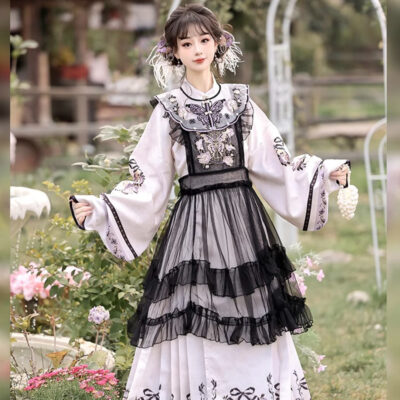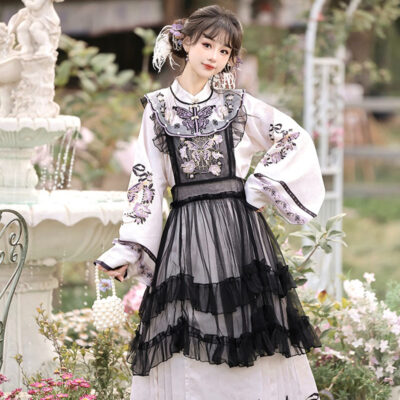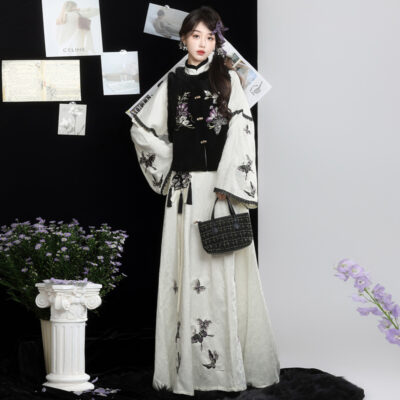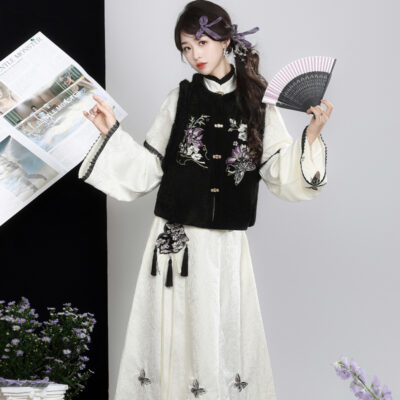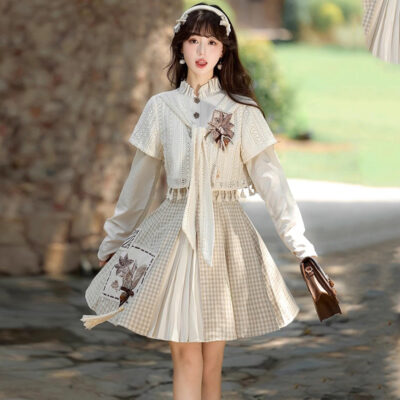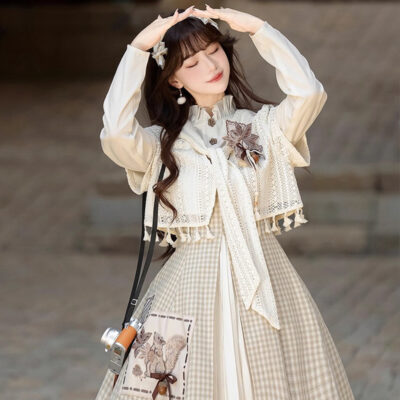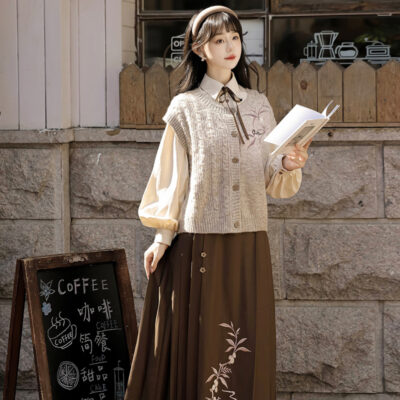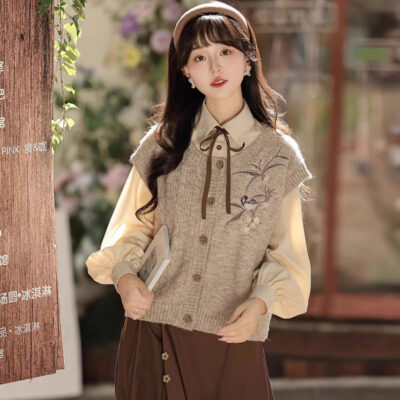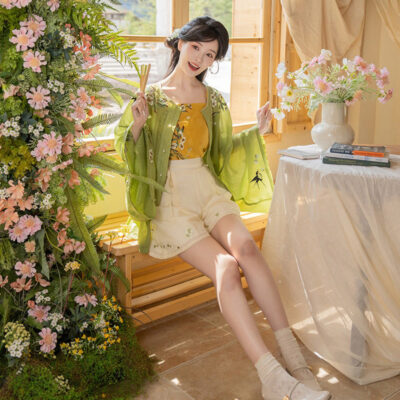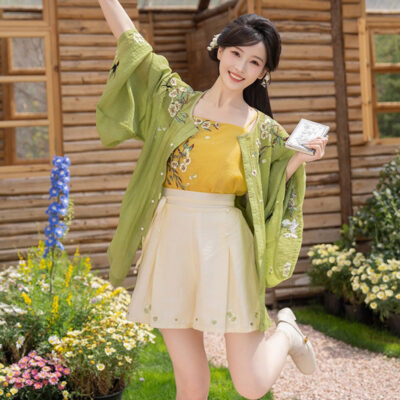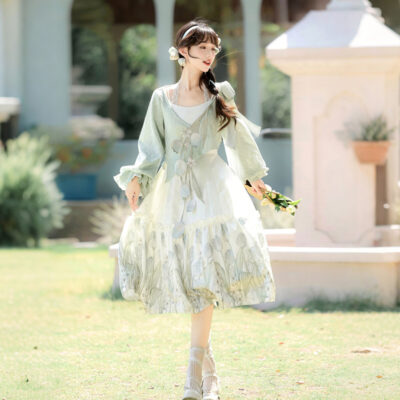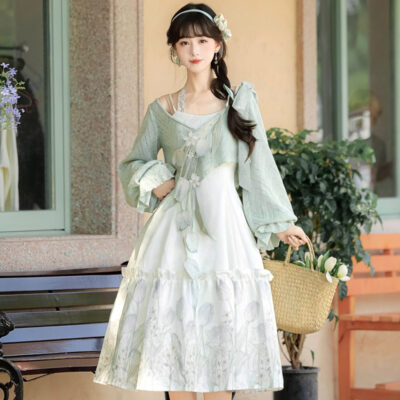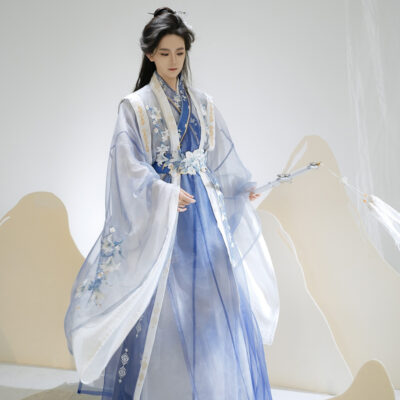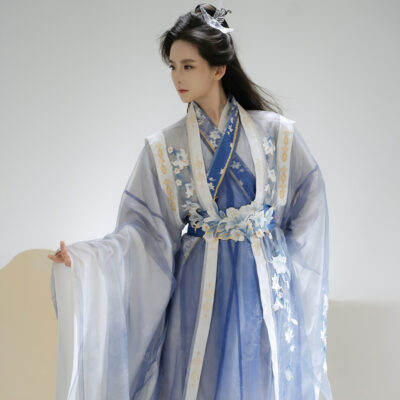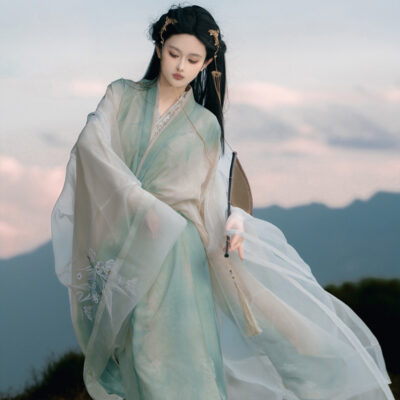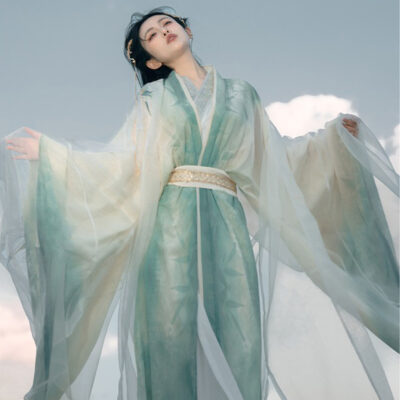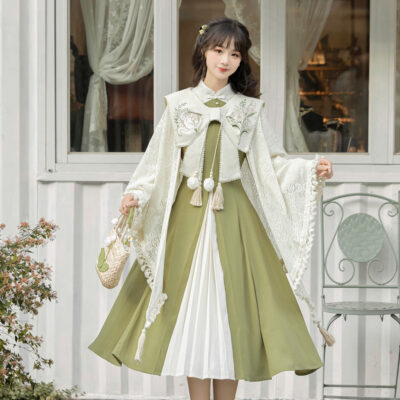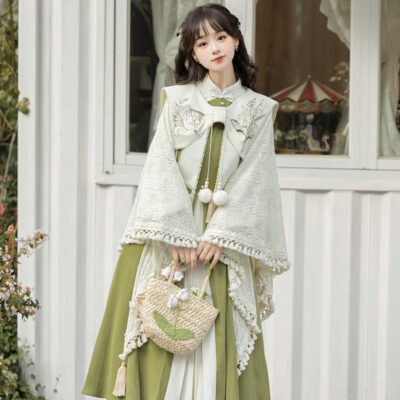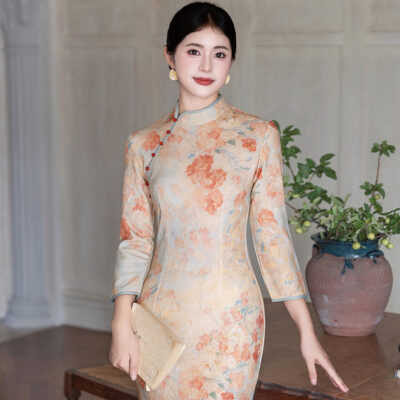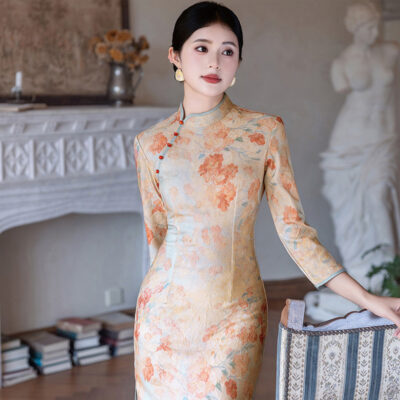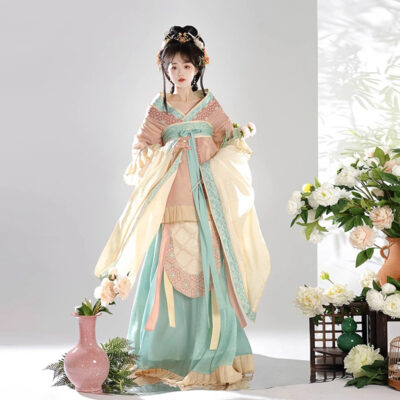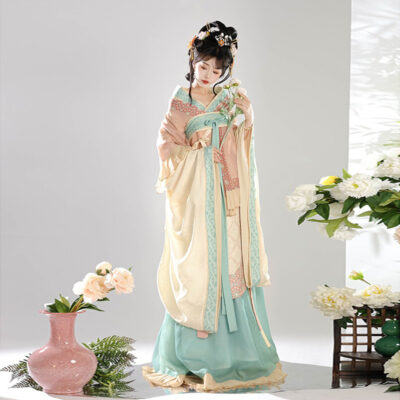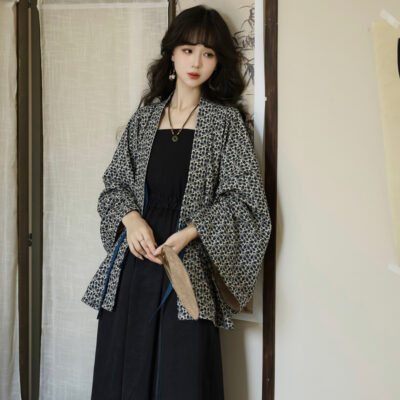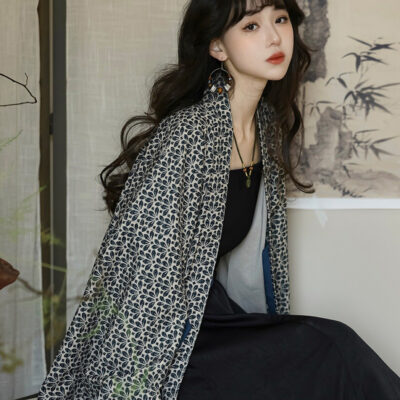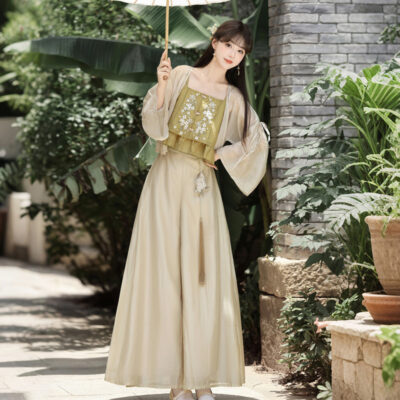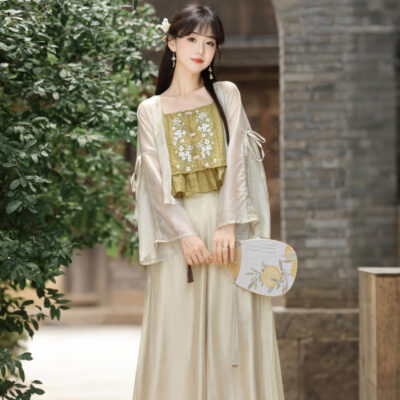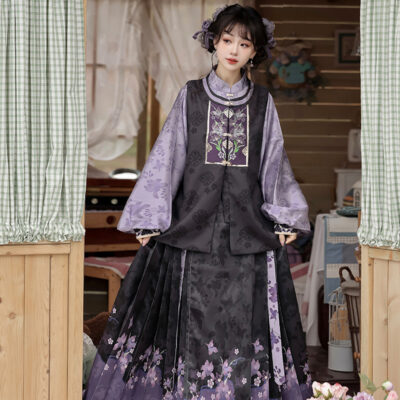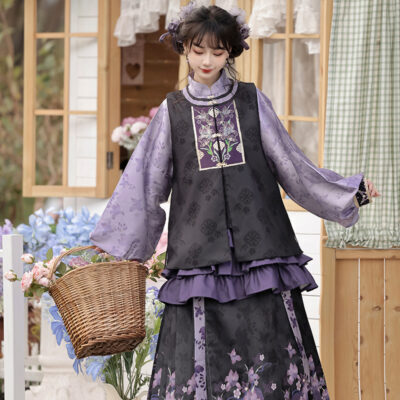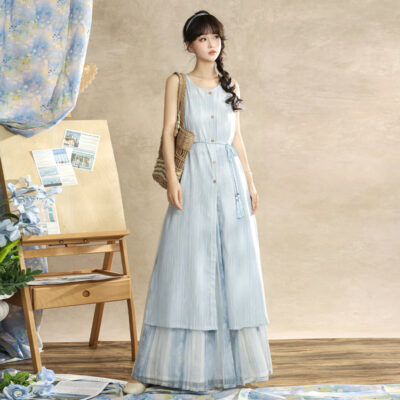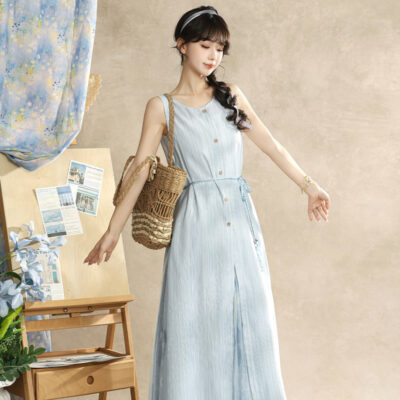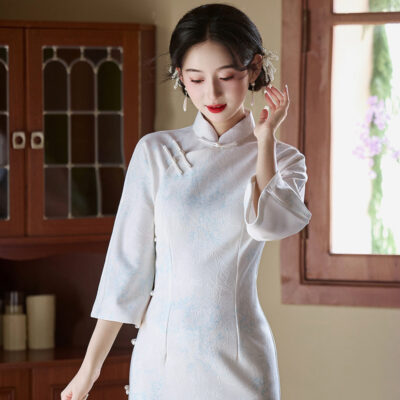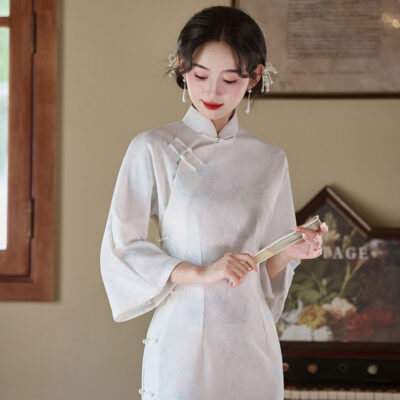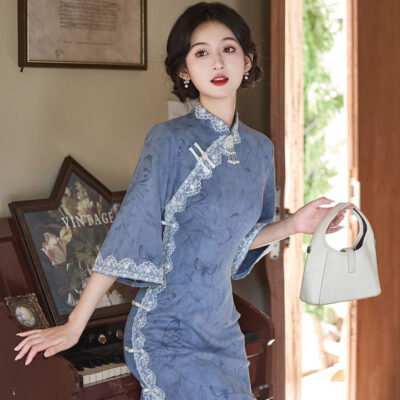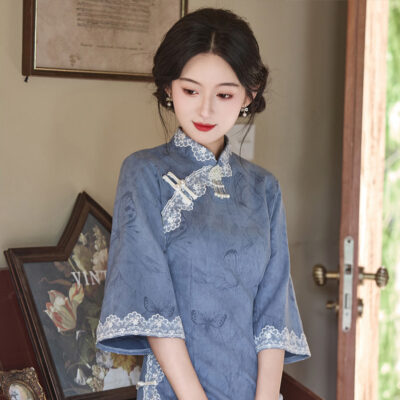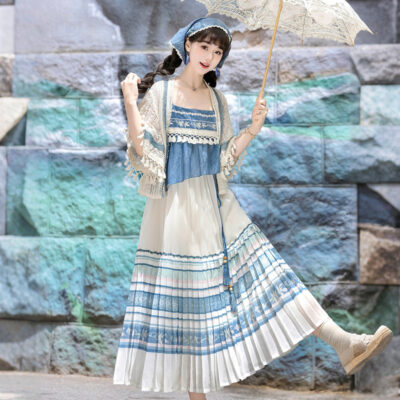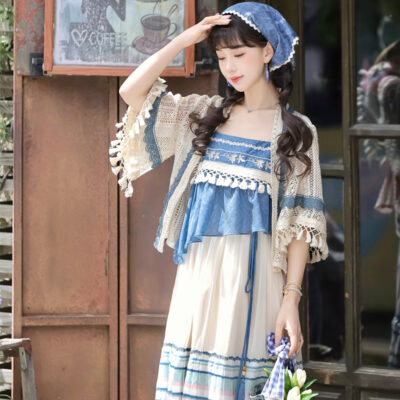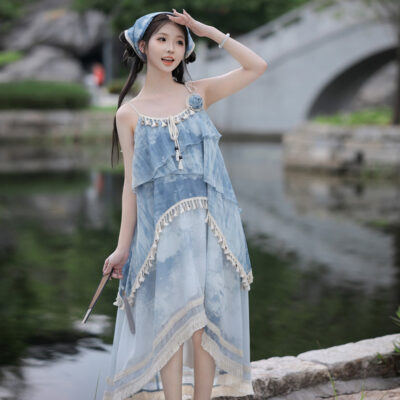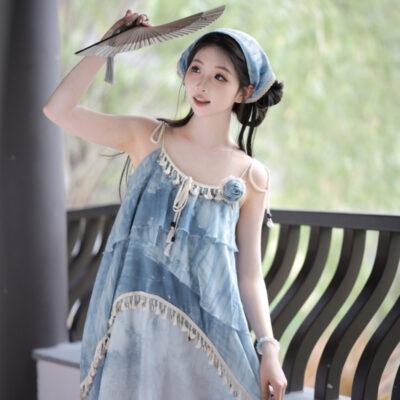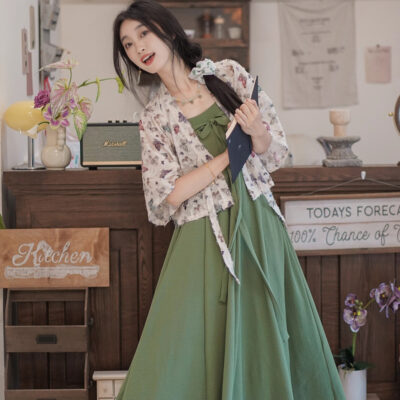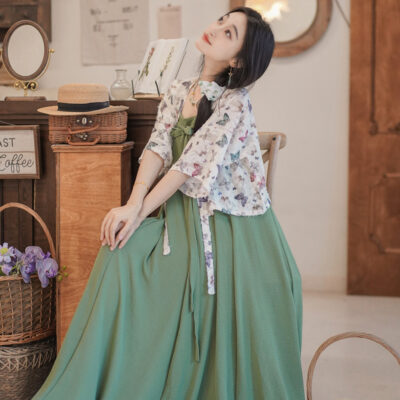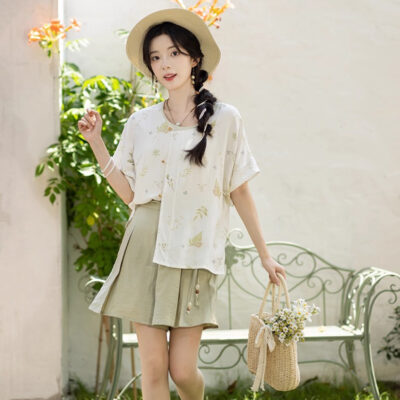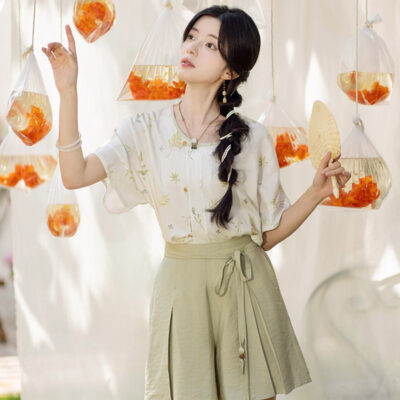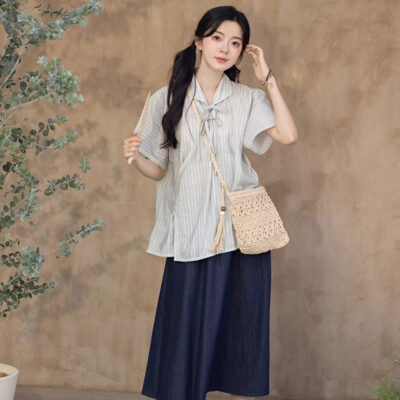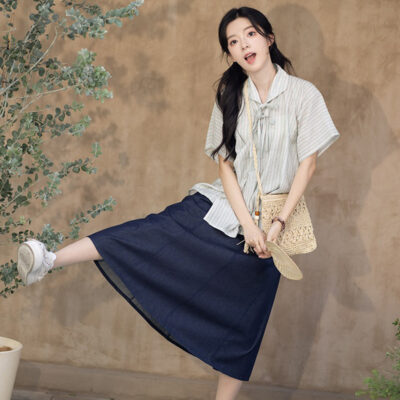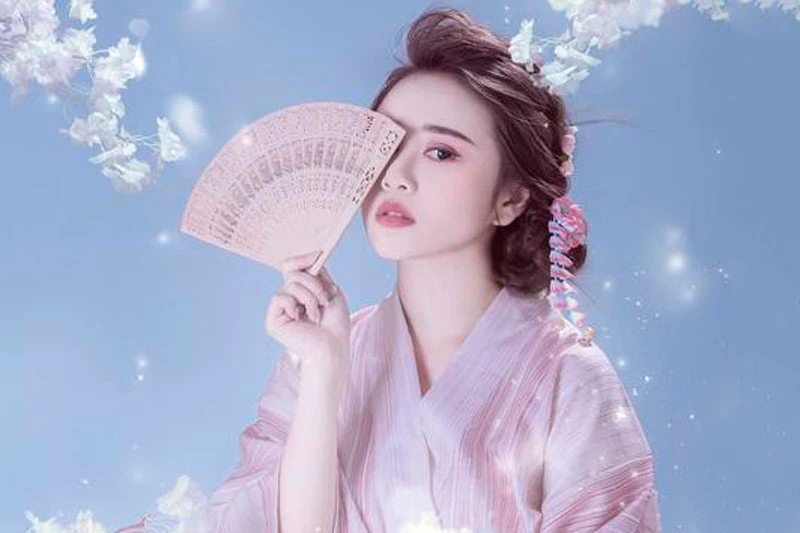The History of Cheongsam Dresses
The origins of Chinese cheongsam dresses can be traced back to the Qing dynasty. During this time, the Manchu people wore long gowns with wide sleeves and a mandarin collar. This style was then adopted and modified by Han Chinese women, who began wearing dresses with a more fitted silhouette, high collar, and buttons down the front.
In the 1920s, the Cheongsam, also known as the Qipao, emerged as a new style of Chinese dress. The Cheongsam is a body-hugging dress with a high collar and side slits that were designed to allow ease of movement. This dress became incredibly popular among Chinese women and was worn as an everyday garment as well as for special occasions.
Types of Chinese Dresses
There are several types of Chinese dresses available today, each with its own unique style and characteristics.
Cheongsam/Qipao – featuring a form-fitting silhouette, high collar, and side slits. It is typically made from silk or satin and is often adorned with intricate embroidery.
Hanfu – this is an ancient Chinese dress that dates back to ancient times. It consists of a long robe with loose sleeves and a wide, flowing skirt. Hanfu dresses are typically made from lightweight fabrics such as silk or cotton.
Tang Suit – it’s a loose-fitting jacket with a traditional Chinese collar and matching pants. The Tang Suit is often made from lightweight fabrics and can be worn by both men and women.
Mandarin Jacket – this is a modern take on the traditional cheongsam top, featuring a shorter length and no skirt. It is typically worn over jeans or pants and has become popular among young Chinese women.
Modern qipao – a more contemporary version of the traditional Cheongsam dress, featuring a shorter length and more relaxed fit. It is often made from lightweight fabrics such as cotton or linen and is perfect for everyday wear.
What You Need to Know about Chinese Dresses
Chinese dresses come in a variety of styles, each with its own unique characteristics.
Mandarin collar, is a high collar that stands upright and is often adorned with intricate embroidery. It is a common feature in many types of Chinese dresses, including the Cheongsam and Tang Suit.
Dragon and phoenix, is a popular design element in Chinese dresses, featuring intricate embroidery of a dragon and phoenix on the front of the dress. This design symbolizes harmony and balance between opposite forces.
Floral, many Chinese dresses feature intricate floral embroidery or prints, often in bright colors such as red or pink.
Sleeve length, Chinese dresses can have a variety of sleeve lengths ranging from short to long, depending on the style and occasion.
Modern Interpretations of Chinese Dresses
Chinese dresses hold a significant place in Chinese culture and are often worn during important occasions such as weddings, New Year celebrations, and other cultural events. They represent elegance, grace, and femininity and are seen as a reflection of Chinese values.
While traditional Chinese dresses remain popular, there has been a recent surge in modern interpretations of these classic garments. Many designers have started creating contemporary versions of the Cheongsam and other types of Chinese dresses, featuring updated designs and materials.
Chinese dresses are not just garments but a symbol of Chinese culture, heritage, and fashion. With their intricate designs, elegant silhouettes, and deep-rooted history, they continue to capture the hearts of people around the world. Whether you prefer traditional or modern styles, there is a Chinese dress out there to suit your taste and occasion.

